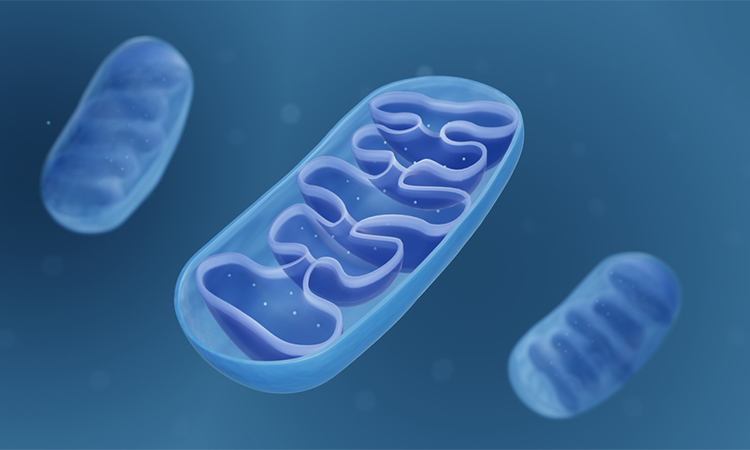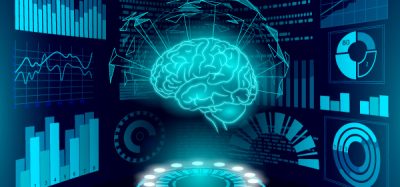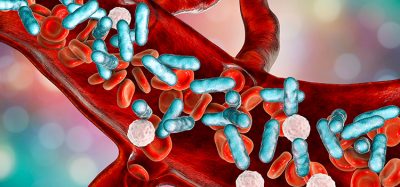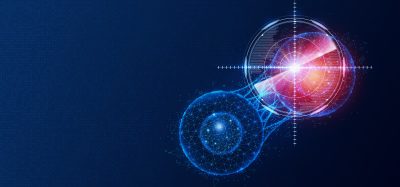Using optogenetics to restore cell function
Posted: 3 August 2022 | Ria Kakkad (Drug Target Review) | No comments yet
In a new study, researchers have found that light can be used to naturally balance a cell’s mitochondria.


Scientists from the University of Cincinnati, the University of Illinois Urbana-Champaign and the University at Buffalo, all US have demonstrated that light-activated proteins can normalise dysfunction within cells. This was accomplished using a technique known as optogenetics, which can precisely control specific cell functions using light. The results were recently published in Nature Communications.
When mitochondria are not functioning properly, there is an imbalance of fission and fusion processes which can lead to mitochondrial diseases. The research focused on activating the fission process by bringing the lysosomes and mitochondria together within cells.
The researchers attached two separate proteins to mitochondria and lysosomes within stem cells. When stimulated by blue light, the proteins naturally bind to each other to form one new protein, which also brings the mitochondria and lysosome into contact. Once they are brought together, the lysosome can cut the mitochondria, achieving fission.
“We found that it can recover the mitochondrial function,” said Dr Jiajie Diao, one of the study’s authors. “Some of the cells can even go back to normal. This proves that by just using some simple light stimulation we can at least partially recover the mitochondrial function of the cell.”
The researchers argue that the optogenetics technique could be especially useful for patients with dramatically oversized mitochondria that need to be divided into smaller pieces to achieve normal cell function. The technique could also be aimed at cancer cells, continually separating the mitochondria into smaller and smaller pieces until they can no longer function.
Since the proteins are activated by light, it allows for a more targeted approach to specific cells. Only cells exposed to the light are affected, meaning healthy cells nearby do not have their mitochondria unbalanced through the technique.
From the current research using human stem cells, the team hopes to progress to test its efficacy using animal models on the way to eventually test the technique in humans through clinical trials.
Related topics
Bioinformatics, Cell Regeneration, Disease Research, Optogenetics, Stem Cells
Related conditions
Mitochondrial disease
Related organisations
University at Buffalo, University of Cincinnati, University of Illinois Urbana-Champaign
Related people
Dr Jiajie Diao








